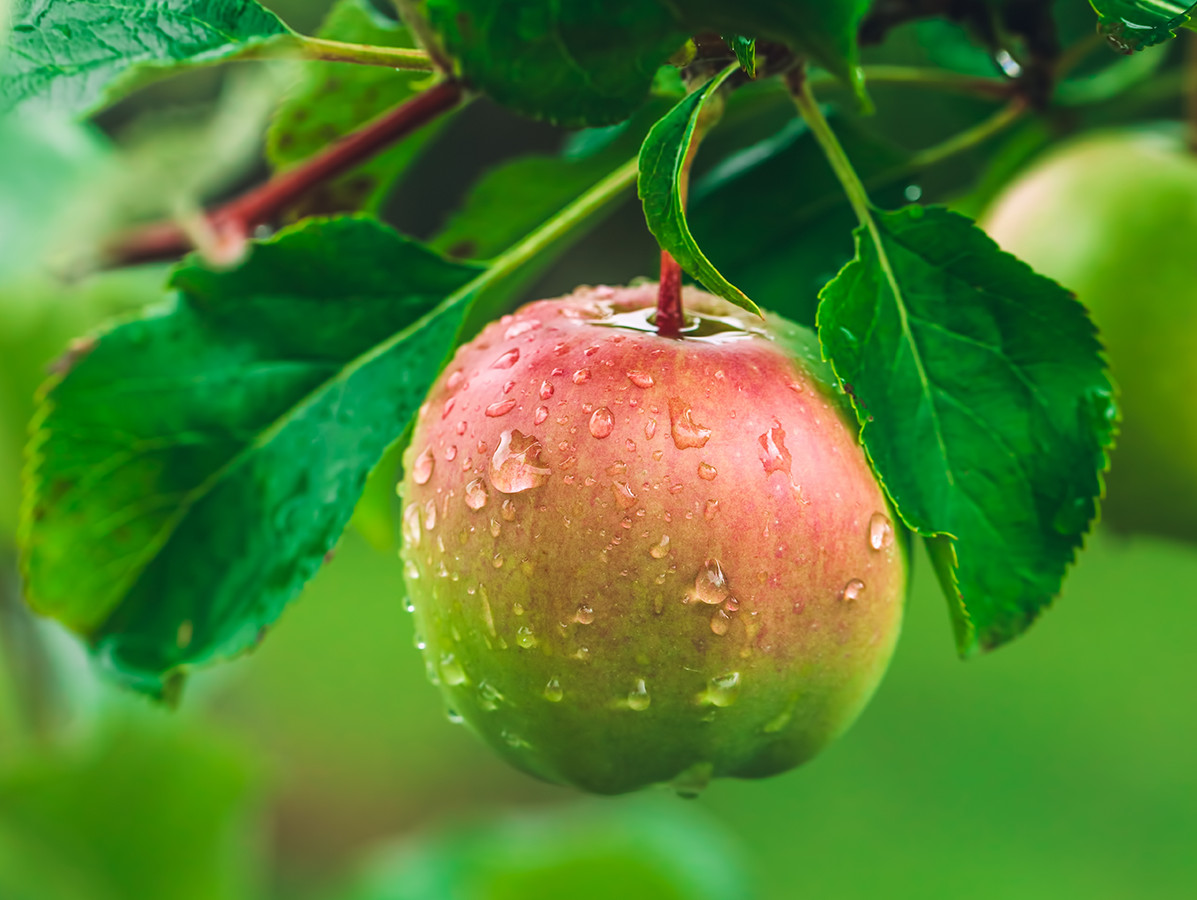
Based on the political and social debate, the Netherlands Environmental Assessment Agency (PBL) has inventoried and analysed a broad spectrum of possible policy measures for effectiveness, feasibility and legal legitimacy. 27 policy measures were considered in the core themes of healthy and sustainable food, closing cycles, the balance between agriculture and nature and sustainable earning capacity in agriculture. The report shows that there is no low-hanging fruit, i.e. none of the measures has a positive effect on all the environmental, economic and social issues considered, while at the same time being easy to take. Which measures with which effects are most relevant to solve problems within the agricultural and food system is a political choice.
The PBL used four societal perspectives on agriculture and food policy when selecting (types of) policy measures. The perspective of organised civil society emphasises that the rural area has more user functions and considers strong government direction and regulation to be necessary. Entrepreneurship as a driving force is central to the entrepreneurial society. In the perpetuating society, farmers and citizens would like to see more support from the government but also less restrictive rules. In the reciprocal society the government stimulates the connection and cooperation between agriculture and nature.
The 27 possible policy measures were assessed in terms of effectiveness, feasibility and legitimacy to achieve goals on four current themes:
1. healthy and sustainable food;
2. closing cycles;
3. agriculture and nature in balance;
4. sustainable earning capacity in agriculture.
This is a qualitative analysis. It is clear that none of the measures worked out is easy to take or has a positive effect on all the objectives. The concrete implementation of measures ultimately determines their precise impact on the themes under consideration.
The measures described in the report have been analysed separately. In practice, however, the effectiveness of one measure strongly depends on its coherence with other measures. If, for example, nitrogen and crop protection product emissions are high, nature measures are not very effective. Measures aimed at a healthier and more sustainable diet can reinforce each other. Area-oriented projects that combine awareness raising, guidance, investment subsidy opportunities and legislation can also have a greater impact on the living environment and public health. Depending on the national interpretation of the new Common Agricultural Policy, the incomes of (groups of) farmers can be raised.
Source: © PBL